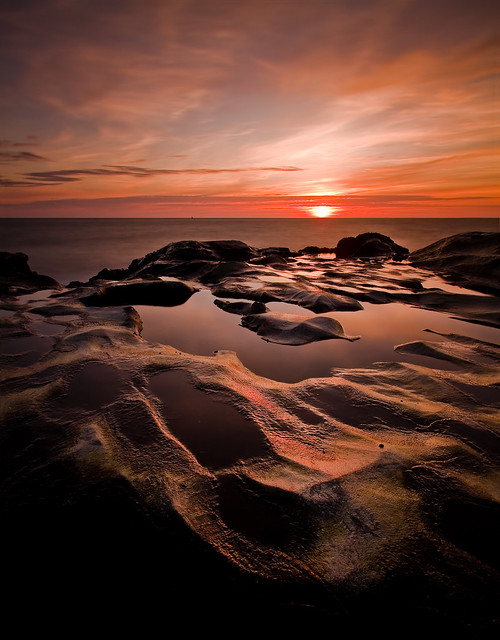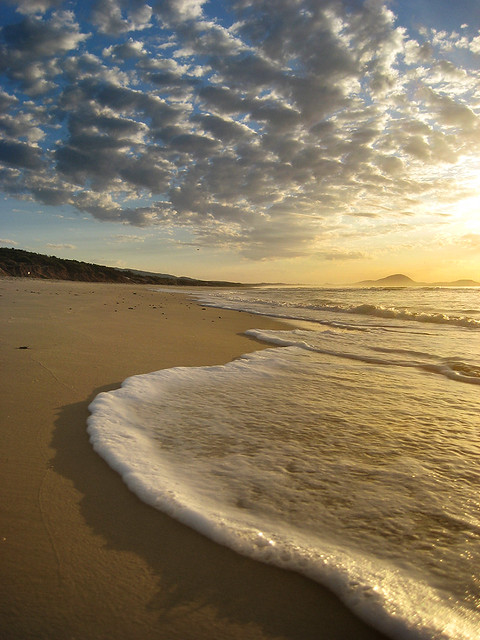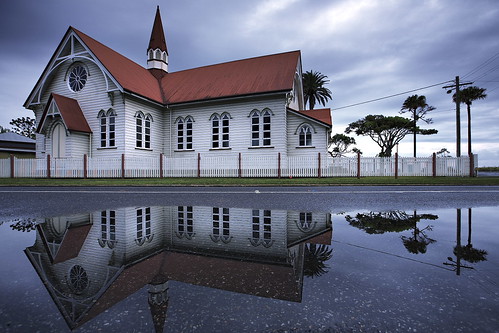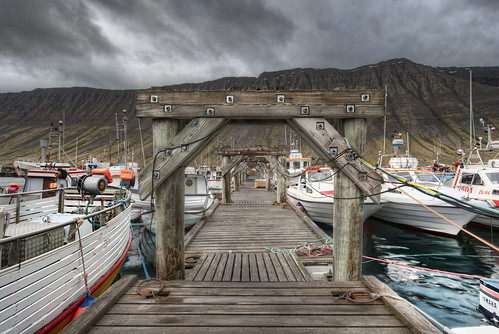Photography and light sources have a very close relationship in producing images that will be spectacular or terrible.mall light sources in relation to the subject are know as being harsh.
That is because of the hard-edged shadows it casts on different parts of the frame. The scene would mainly consist of deep highlight, and deep shadow areas with no real shade areas in between, thus making the transitions between the light and the dark rather abrupt.
Examples of small light sources include bare light bulbs, flashguns, spotlights, headlamps, torches, and high mid-day sun on a clear day. Although the size of the sun is actually very large, its size in relation to us is still small because of the huge distance between it and earth.
Small light sources usually fall within an angle of 1-20 degrees relative to the subject in question. It is known to accentuate and bring out textures of the lit surface, as every little detail would cast a hard well-defined shadow, forming sharp contrasts.
Highlight areas of the subject create distinct bright regions, with the same light source color on neutral surfaces. The lit areas between the highlights and the shadows are very saturated and intense with no real gradation of tones.
A few examples of Photography and light source for small light:
Photo by Dustin Diaz

Photo by Martin Gommel

Photo by Dustin Diaz

Photo by Dustin Diaz

Medium size light sources cast softer light, as shadow edges are particularly softer and edges less defined. That is because light scatters in many directions, spilling into the shadow areas. Medium light size with relation to the subject wraps around it, and highlight areas gradually darken up giving way to shadows in a continuous manner.
Medium light sources include direct light reflected off surfaces, walls, ceilings, building, etc… It also includes lamps with the shades attached, strobes diffused through studio umbrellas and softboxes, as well as the sun on a cloudy day .(Read How to shoot in direct Sunlight)
Curves and forms of lit subjects are revealed, and the 3 dimensional nature is translated into a 2 dimensional rendition through the gradual transition of light, into shades, and finally into dark shadows.
Highlight areas are large, with the shape of the light source illustrated in the photographed subject’s shadows. This allows for greater control of the subject’s form and shape rendition, by controlling the shape of the medium light source. Highlights begin to dominate shiny areas or surfaces, with the shaded (mid-tone) areas starting to become somewhat desaturated in tone and color.
A few examples of medium light:
Photo by Kyle Kruchok

Photo by Vince Alongi

Photo by Garry – www.visionandimagination.com

Photo by Evan Leeson

Photo by Garry – www.visionandimagination.com

Photo by Garry – www.visionandimagination.com

Photo by Matthew Stewart

Photo by Luis Argerich

Large light sources virtually cast no imperceptible shadows when the light falls within an angle that is greater than 90-180 degrees, as it entirely wraps around the subject and diminishes any hint of shadows, such as the case on an overcast day. The larger the size of the light source, the softer shadows it casts with edges that are practically undefined.
Highlight areas become large. Reflective surfaces such as seascapes mirror the clouds and sky. Colors and tones become more desaturated, and the subject is rendered more flat and even.
A few examples of large light:
Photo by James Jordan

Photo by Garry – www.visionandimagination.com

Photo by Christopher Schoenbohm

Photo by nebojsa mladjenovic

Photo by Trey Ratcliff

Related Post with Photography and light: light source : The Importance of Light in Photography
That is because of the hard-edged shadows it casts on different parts of the frame. The scene would mainly consist of deep highlight, and deep shadow areas with no real shade areas in between, thus making the transitions between the light and the dark rather abrupt.
Examples of small light sources include bare light bulbs, flashguns, spotlights, headlamps, torches, and high mid-day sun on a clear day. Although the size of the sun is actually very large, its size in relation to us is still small because of the huge distance between it and earth.
Small light sources usually fall within an angle of 1-20 degrees relative to the subject in question. It is known to accentuate and bring out textures of the lit surface, as every little detail would cast a hard well-defined shadow, forming sharp contrasts.
Highlight areas of the subject create distinct bright regions, with the same light source color on neutral surfaces. The lit areas between the highlights and the shadows are very saturated and intense with no real gradation of tones.
A few examples of Photography and light source for small light:
Photo by Dustin Diaz

Photo by Martin Gommel

Photo by Dustin Diaz

Photo by Dustin Diaz

Medium size light sources cast softer light, as shadow edges are particularly softer and edges less defined. That is because light scatters in many directions, spilling into the shadow areas. Medium light size with relation to the subject wraps around it, and highlight areas gradually darken up giving way to shadows in a continuous manner.
Medium light sources include direct light reflected off surfaces, walls, ceilings, building, etc… It also includes lamps with the shades attached, strobes diffused through studio umbrellas and softboxes, as well as the sun on a cloudy day .(Read How to shoot in direct Sunlight)
Curves and forms of lit subjects are revealed, and the 3 dimensional nature is translated into a 2 dimensional rendition through the gradual transition of light, into shades, and finally into dark shadows.
Highlight areas are large, with the shape of the light source illustrated in the photographed subject’s shadows. This allows for greater control of the subject’s form and shape rendition, by controlling the shape of the medium light source. Highlights begin to dominate shiny areas or surfaces, with the shaded (mid-tone) areas starting to become somewhat desaturated in tone and color.
A few examples of medium light:
Photo by Kyle Kruchok

Photo by Vince Alongi

Photo by Garry – www.visionandimagination.com

Photo by Evan Leeson

Photo by Garry – www.visionandimagination.com

Photo by Garry – www.visionandimagination.com

Photo by Matthew Stewart

Photo by Luis Argerich

Large light sources virtually cast no imperceptible shadows when the light falls within an angle that is greater than 90-180 degrees, as it entirely wraps around the subject and diminishes any hint of shadows, such as the case on an overcast day. The larger the size of the light source, the softer shadows it casts with edges that are practically undefined.
Highlight areas become large. Reflective surfaces such as seascapes mirror the clouds and sky. Colors and tones become more desaturated, and the subject is rendered more flat and even.
A few examples of large light:
Photo by James Jordan

Photo by Garry – www.visionandimagination.com

Photo by Christopher Schoenbohm

Photo by nebojsa mladjenovic

Photo by Trey Ratcliff

Related Post with Photography and light: light source : The Importance of Light in Photography
















